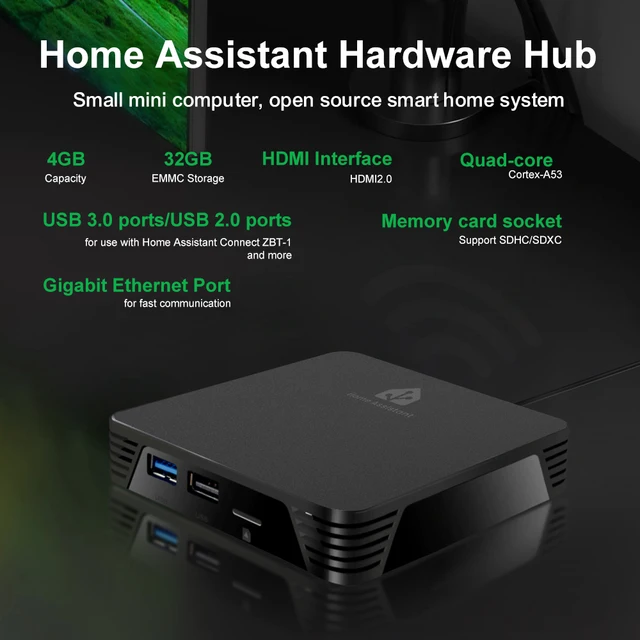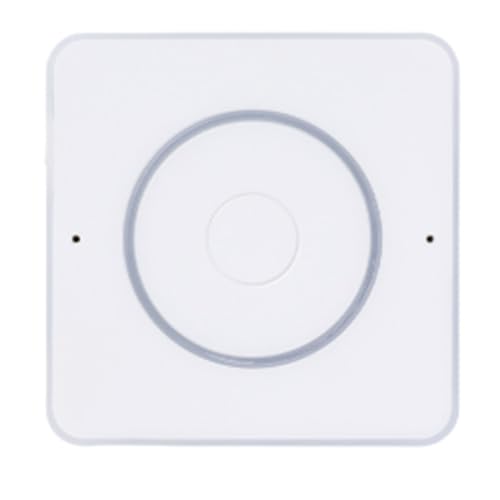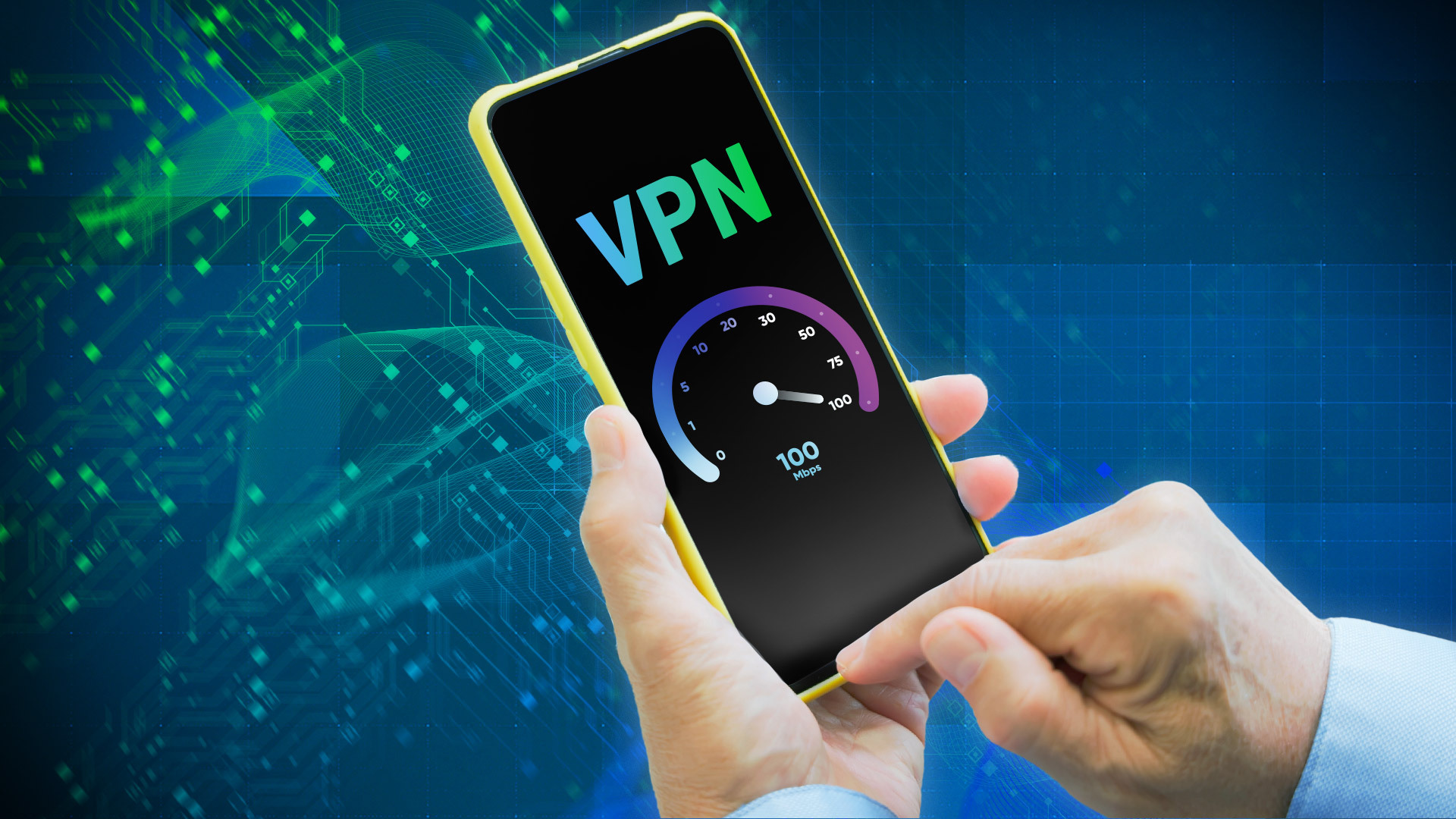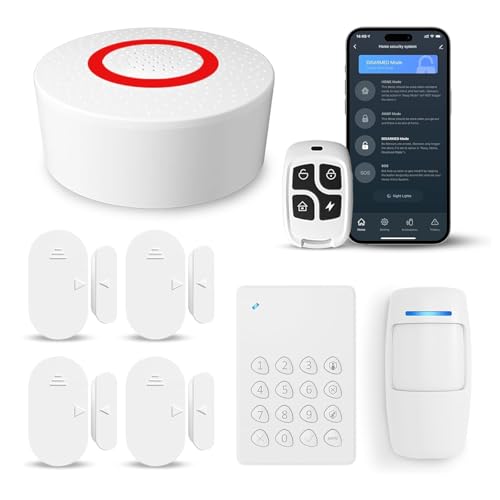Are you tired of slow internet or unexpected outages at home? Imagine having a setup that keeps you connected no matter what.
Integrating a multi-ISP home setup can do just that—giving you faster speeds, better reliability, and uninterrupted online access. You’ll discover simple ways to combine multiple internet providers to make your home network stronger and smarter. Ready to upgrade your internet experience?
Keep reading to find out how.
Benefits Of Multi-isp Setup
Using more than one internet service provider (ISP) at home has many benefits. It helps improve speed, reliability, and how your internet works.
This setup is useful for families or people who need steady and fast internet. Let’s look at the main benefits.
Enhanced Internet Speed
Having multiple ISPs can increase your internet speed. You can use more bandwidth from different providers at once.
This means faster downloads, smoother video calls, and better streaming without buffering.
- Combine speeds from different ISPs
- Run many devices without slowdowns
- Enjoy quicker file downloads and uploads
Improved Connection Reliability
Multiple ISPs reduce the risk of internet outages. If one connection fails, another can keep you online.
This setup ensures you stay connected during storms or technical problems with one provider.
- Backup connection available instantly
- Less downtime for work or school
- Stable internet even during peak times
Load Balancing Advantages
Load balancing shares your internet traffic across ISPs. It helps spread out the data load evenly.
This reduces congestion and keeps your connection smooth and fast.
- Distributes internet use for better speed
- Prevents overload on a single ISP
- Improves performance for many devices

Credit: www.reddit.com
Choosing The Right Isps
Setting up a multi-ISP home network needs careful choice. Picking the right providers helps keep your internet fast and stable.
Look at different factors to find the best ISPs for your home setup. This guide helps you make smart decisions.
Comparing Plans And Speeds
Check the internet plans each ISP offers. Look at their speeds and data limits. Choose plans that match your needs.
Consider both download and upload speeds. Faster speeds help with streaming, gaming, and working from home.
- Check monthly data caps and extra fees
- Look for upload and download speed details
- Compare contract length and costs
Checking Coverage And Compatibility
Make sure ISPs cover your home area well. Good coverage means fewer dropouts and better signals.
Check if the ISP equipment works with your home devices. Some ISPs may need special routers or modems.
- Confirm ISP service availability in your location
- Check if ISP hardware supports your home network
- Ask about compatibility with existing devices
Evaluating Customer Support
Good customer support helps solve issues fast. Look for ISPs with helpful and reachable support teams.
Read reviews about how ISPs handle problems. Quick support can save you time and frustration.
- Check support hours and contact methods
- Look for positive customer feedback
- See if help is available online or by phone
Hardware Requirements
Setting up a home network with multiple internet service providers (ISPs) needs the right hardware. This helps keep your internet stable and fast.
Choosing the right devices is important to handle data from different sources smoothly. This guide covers key hardware parts you need.
Multi-wan Routers
Multi-WAN routers connect several internet lines to one network. They help balance traffic and offer failover if one line fails.
Look for routers that support load balancing and automatic failover. They should handle the speed of all your ISPs.
- Supports multiple WAN ports
- Load balancing features
- Failover support
- Easy configuration interface
- Good security options
Network Switches And Modems
Network switches connect devices inside your home network. They help data move quickly between devices and routers.
Modems connect your home network to the internet via your ISPs. Each ISP usually needs its own modem.
- Switches with enough ports for all devices
- Gigabit speed support
- Reliable modems for each ISP
- Compatibility with ISP technology
Backup Power Solutions
Backup power keeps your network running during power outages. This prevents internet loss and device shutdowns.
Use uninterruptible power supplies (UPS) to protect routers, switches, and modems. Choose one with enough battery life.
- UPS with sufficient power capacity
- Automatic voltage regulation
- Enough outlets for all network devices
- Easy battery replacement
Setup And Configuration
Setting up a multi-ISP home network improves internet speed and reliability. It uses more than one internet provider at the same time.
This setup needs careful configuration to balance traffic and switch connections automatically if one ISP fails.
Connecting Multiple Isps
First, connect each ISP modem or router to your main router or firewall. Use different WAN ports if available.
Assign each ISP a unique IP address or use dynamic IPs as provided by the ISPs. Make sure the network devices support multiple connections.
- Check cables and modem connections
- Use a router with multi-WAN support
- Configure IP addresses for each ISP
Configuring Load Balancing
Load balancing spreads internet traffic evenly across all ISPs. This helps improve speed and avoid overloading one connection.
Set rules on your router to divide traffic by amount, type, or device. Some routers have automatic balancing options.
- Enable load balancing in router settings
- Choose balancing method: round-robin, weighted, or session-based
- Monitor traffic to adjust settings as needed
Failover Setup For Reliability
Failover switches internet traffic to a backup ISP if the main one stops working. This keeps your internet connection active.
Configure health checks on your router to detect ISP failures. Set the priority for each ISP to control failover order.
- Enable failover feature in your router
- Set primary and secondary ISP priorities
- Test failover by disconnecting the main ISP
Optimizing Performance
Using multiple ISPs at home can improve your internet speed and reliability. To get the best from your setup, you need to optimize how traffic flows and how the network is managed.
Optimizing performance means making sure your devices and applications get the bandwidth they need. It also means keeping an eye on the network health and adjusting settings as needed.
Traffic Prioritization
Traffic prioritization helps your most important apps run smoothly. It sends critical data first and delays less urgent traffic.
You can set rules to give priority to video calls, gaming, or work tools. This reduces lag and interruptions.
- Assign higher priority to real-time apps like video calls
- Limit bandwidth for downloads during peak hours
- Use Quality of Service (QoS) settings in your router
Monitoring Network Health
Keep track of your network to spot issues early. Monitoring tools show data usage, speed, and connection status.
Check for slowdowns or drops in service. This helps you fix problems before they affect your work or entertainment.
- Use built-in router dashboards to see traffic details
- Set alerts for unusual network activity
- Check each ISP’s connection quality regularly
Adjusting Settings For Peak Use
Peak use times need special attention. Adjust settings to balance the load across your ISPs.
This avoids one connection getting overloaded while the other stays idle. It keeps the network stable and fast.
- Schedule heavy downloads for off-peak hours
- Distribute devices evenly between ISPs
- Change load balancing rules based on usage patterns

Credit: hiruthicsha.medium.com
Troubleshooting Common Issues
Setting up a multi-ISP home network can improve internet reliability. You may face some common issues that affect connectivity and speed.
This guide helps you find and fix problems with your multi-ISP home setup quickly.
Isp Connectivity Problems
Connection drops or slow speeds often come from ISP issues. Check if your ISP is having outages or maintenance.
Use the ISP’s status page or call their support to confirm service status. Restart your modem to refresh the connection.
- Check ISP outage reports
- Restart modems and routers
- Verify cables and connections
- Test connection speed on each ISP
Router Configuration Errors
Incorrect router settings can block internet access. Confirm that your router supports multiple ISPs and load balancing.
Make sure the WAN ports are correctly assigned to each ISP. Check that DHCP and IP settings match your ISP requirements.
- Verify WAN port assignments
- Check IP and DHCP configurations
- Update router firmware
- Reset router to factory settings if needed
Performance Bottlenecks
Slow internet or lag can happen if your network equipment is overloaded. Make sure your router can handle traffic from multiple ISPs.
Look for devices using high bandwidth and limit their usage. Also, check for Wi-Fi interference and place your router in a central location.
- Use a router that supports multi-ISP load balancing
- Monitor bandwidth use by device
- Reduce interference from other electronics
- Place router for better Wi-Fi coverage
Future-proofing Your Network
Setting up a multi-ISP home network can keep your internet stable and fast. It helps you avoid downtime and prepares your home for future needs.
Planning your network now means you can add more devices and new technology easily later. This approach saves time and money over time.
Scalability Options
A multi-ISP setup lets you increase your internet capacity as you need it. You can add more ISPs or upgrade your current plans without trouble.
Use routers that support multiple connections and easy upgrades. This makes your network ready for more users or smart devices.
- Add extra ISP connections to balance traffic
- Upgrade bandwidth for faster speeds
- Use mesh Wi-Fi for wider coverage
Security Considerations
Security is key in a multi-ISP home setup. Protect your network with strong passwords and firewalls on every device.
Keep your routers and software updated to fix security holes. Use VPNs to secure your data when using multiple ISPs.
- Use strong, unique passwords for each router
- Enable firewalls and automatic updates
- Consider VPNs for data privacy
Integrating Emerging Technologies
New technologies like smart home devices need good internet connections. Multi-ISP setups can handle these devices better than a single ISP.
Prepare your network for future tech like 5G, IoT, and cloud services. This keeps your home connected and ready for changes.
- Support IoT devices with stable connections
- Use 5G as a backup or extra connection
- Plan for cloud backups and streaming needs

Credit: www.reddit.com
Frequently Asked Questions
What Is A Multi-isp Home Setup?
A multi-ISP home setup uses multiple internet service providers for improved connectivity. It provides redundancy and enhanced speed. If one ISP fails, the other can maintain the internet connection. This setup is ideal for remote workers, gamers, and smart homes needing reliable internet access.
How Do You Integrate Multiple Isps?
To integrate multiple ISPs, use a dual WAN router. This router manages connections from two ISPs. It can balance loads and offer failover support. Set it up by connecting both ISP lines to the router. Configure settings for optimal performance and reliability.
Why Use A Multi-isp Setup?
A multi-ISP setup offers consistent internet connectivity. It ensures minimal downtime and improved bandwidth. If one ISP experiences issues, the other maintains service. This setup is ideal for critical tasks, like video conferencing, that need uninterrupted internet access.
Can I Use Any Router For Multi-isp?
Not all routers support multi-ISP setups. You need a dual WAN or load balancing router. These routers manage multiple ISP connections efficiently. They offer settings to optimize load balancing and failover. Ensure compatibility by checking the router’s specifications before purchasing.
Conclusion
Setting up a multi-ISP home network improves your internet reliability. You can avoid slow connections and reduce downtime. It keeps your devices connected all the time. Managing multiple ISPs might seem tricky at first. But with clear steps, it becomes easy to handle.
This setup fits well for homes needing steady internet. Try it to enjoy smoother online experiences every day.
19 min read







